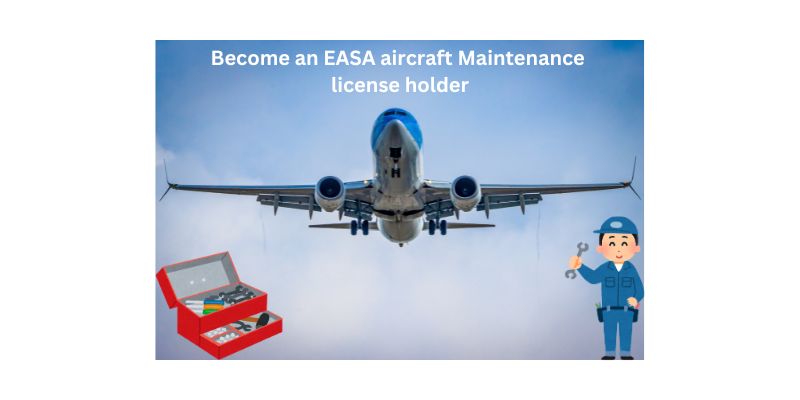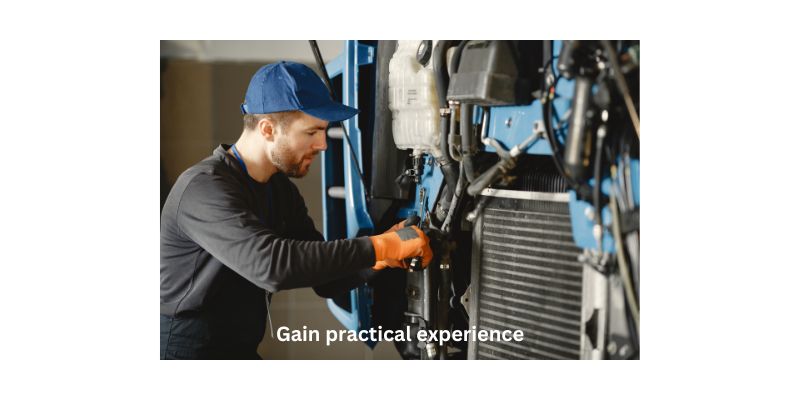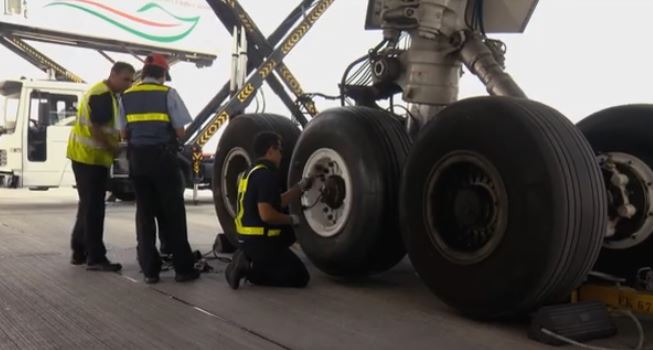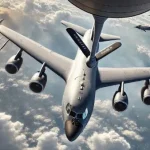Are you aspiring to become a licensed aircraft engineer in Europe or other parts of the world? There are multiple categories of EASA licenses that is recognized by the aviation industry. From them EASA Part-66 B1 license is one of the most demandable and prospective license. The EASA Part-66 B1 License is your gateway to a rewarding career in aviation maintenance and engineering.
In this comprehensive guide, we’ll walk you through the steps needed to obtain this crucial certification, covering everything from eligibility requirements to training pathways and exam details.
Whether you’re starting your journey or looking to enhance your skills, this article is your essential resource for navigating the process and achieving your dream job in the skies. Dive in to discover all the information you need to take flight in your aviation career!
What is the EASA Part-66 B1 License?
The EASA Part-66 B1 license is a certification that allows aircraft engineers to perform maintenance and sign off on aircraft mechanical systems. This includes engines, landing gear, flight controls, fuel systems, and more. There are different subcategories of the B1 license depending on the type of aircraft and propulsion system you want to work on:
- B1.1: Fixed-wing aircraft with turbine engines.
- B1.2: Fixed-wing aircraft with piston engines.
- B1.3: Rotary-wing aircraft (helicopters) with turbine engines.
- B1.4: Rotary-wing aircraft with piston engines.
Each category is specialized for specific aircraft, so you must decide which one aligns with your career goals.
Step-by-Step Guide to Obtaining an EASA B1 License

1. Meet the Basic Requirements
Before starting your journey to obtaining an EASA B1 license, ensure you meet the following prerequisites:
- Age: Your age must be at least 18 years.
- Language Proficiency: Aviation is conducted in English, so proficiency in technical English is essential.
2. Enroll in an EASA-Approved Training Program

The next step is to enroll in a training program at an EASA Part-147 approved training organization. These programs cover theoretical knowledge and hands-on practical training. The theoretical portion typically covers:
- Aerodynamics
- Air Law and Regulations
- Aircraft Materials and Hardware
- Propulsion Systems
- Maintenance Practices
The curriculum is structured to provide you with the knowledge needed to maintain and certify various aircraft systems.
3. Pass the EASA Module Examinations

The EASA Part-66 B1 license requires you to pass several exams. These exams test your understanding of the topics covered in the training program.
There are 17 modules, and the number of modules you need to complete depends on your chosen B1 category. For example if you choose category B1.1, you have to pass a total of 13 modules (Module 1 to 11, Module 15 and 17).
You can attend the exams without enrolling in formal training. In that case you will require more years of practical experience.
For example, some of the essential modules include:
- Module 1: Mathematics
- Module 7: Maintenance Practices
- Module 8: Basic Aerodynamics
- Module 15: Gas Turbine Engine
The exams consist of multiple-choice questions and essay-style questions, designed to test both your theoretical and practical knowledge. You have to secure 75% marks to pass a module.
4. Gain Practical Maintenance Experience

Once you’ve passed the exams, you’ll need to gather practical experience in aircraft maintenance. The amount of experience required varies depending on your educational background:
- 2 years: If you’ve completed a formal training course at an approved Part-147 organization.
- 3 years: For those without formal training from an approved Part-147 organization but with hands-on experience in a technical trade.
- 5 years: If you lack formal education but have worked in a relevant operating aircraft.
During this time, you should record your work and log specific maintenance tasks. This experience will be necessary when applying for the license.
5. Apply for Your EASA Part-66 B1 License
After fulfilling the experience and training requirements, you can apply for your EASA B1 license. You have to apply for the aircraft maintenance license on EASA Form 19. You must submit an application through the National Aviation Authority (NAA) of an EASA member state. The application process usually involves:
- Submitting proof of exams passed.
- Providing a record of your practical experience.
- Paying an application fee.
The NAA will review your application, and once approved, you’ll receive your B1 license, allowing you to certify aircraft mechanical systems.
6. Obtain a Type Rating (Optional but Recommended)
Want more career boost? Then read this!
After receiving your B1 license, you may need a Type Rating for specific aircraft. This additional certification allows you to work on a particular aircraft model (such as- A380, A350, B787, B777 etc.). Type ratings involve further specialized training and OJT for that aircraft, ensuring you’re equipped with the skills necessary to maintain and certify it.
7. License Renewal and Maintenance
Your EASA Part-66 B1 license is valid for 5 years, after which it must be renewed. To renew your license, you must demonstrate continued competence in aircraft maintenance. Staying updated on the latest maintenance practices and technological advancements is crucial for maintaining your certification.
License other than B1
The EASA B1 license falls under the broader Part-66 licensing system, There are other licensing system that one can achieve. The process of gaining the licenses is almost same only knowledge and experience requirements vary.
- A-License: This license allows the holder to certify the line maintenance work. Allows for limited maintenance tasks in the base maintenance under the supervision of B1 or B2 license holders.
- B2 License: For avionics specialists focusing on electrical and electronic systems of the aircraft.
- C License: Allows for certification of the entire aircraft after heavy maintenance.
Each license category serves a specific role in the aircraft maintenance hierarchy, and many technicians choose to expand their qualifications over time by obtaining multiple licenses.
Frequently Asked Questions (FAQ)
Q1: How much does it cost to get an EASA Part-66 B1 license?
The cost of obtaining an EASA B1 license depends on several factors, including the cost of training, exam fees, and application fees. Typically, the entire process can cost between €10,000 and €25,000.
Q2: How long does it take to get the B1 license?
The timeline can vary depending on whether you choose a formal training path or gain experience through hands-on work. On average, it can take between 4 to 5 years to complete the necessary training, exams, and experience requirements.
Normally, most of the EASA Part-66 B1 training require approximately 2 years to complete. Then another 2 years for gaining required experience. So, in total, you required 4 years to become eligible for applying for the license.
If you do not go through formal/approved training from an approved training organization, you require 5 years to become eligible for applying.
Q3: Can I work outside of Europe with an EASA license?
Yes, the EASA license is internationally recognized, and many countries outside Europe accept it. However, you may need to undergo additional training or certification depending on the regulations of the specific country.
Conclusion
Obtaining an EASA Part-66 B1 license is a crucial step for anyone aiming to build a career in aircraft maintenance. By following the steps outlined in this guide—completing approved training, passing the exams, gaining hands-on experience, and applying through your local aviation authority—you’ll be well on your way to becoming a certified aircraft engineer.
With the aviation industry growing globally, the demand for qualified engineers is on the rise, making this an excellent time to pursue your EASA B1 license and unlock career opportunities worldwide.




1 thought on “How to Get an EASA Part-66 B1 License: A Complete Guide to boost your career!”
Comments are closed.